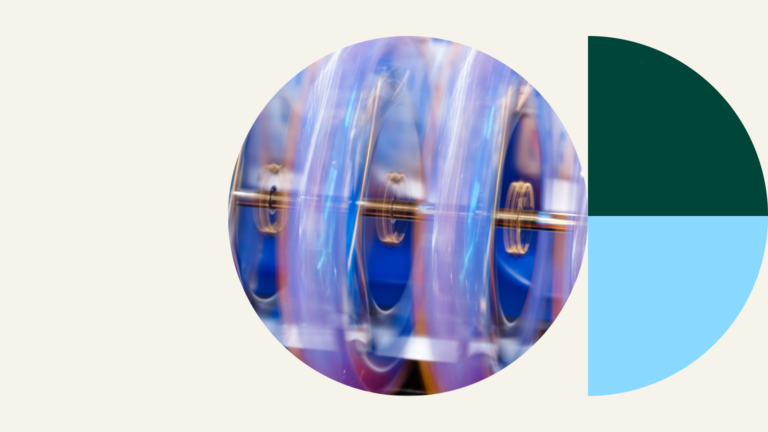
Recently, a panel of Thinkers discussed how to create optimal digital experiences in a regulated environment. We covered a lot of ground, and our team shared some hard-won insights. Here’s an excerpt from the conversation.
Want to hear the whole discussion? Click here for the replay.
This conversation has been condensed and edited for readability.
Keith Rich:
Collaboration is a big part of designing better UX in regulated industries. What are some of the most effective tactics you’ve implemented to bridge the gap between design and regulatory needs?
Sunkwon Bush:
In my experience working in the pharmaceutical industry, I’ve seen an evolution from an adversarial relationship between design and legal—where lawyers were literally taking a ruler and measuring the distance between fonts, trying to double-check that your InDesign file has the same font size—to those same companies implementing practices that allow for a lot more cooperation.
Part of that process was having a lot of user interviews and stakeholder conversations with various parties from both the design teams and legal, and starting to realize that both sides have needs and goals that overlap. The key is to focus on those shared targets and create a sense of trust between both parties that you’re working toward a common goal.
Colleen T. Reese:
It’s important to mention that many teams are adopting Agile methodologies, and there’s a greater emphasis on decision-making in lower fidelity deliverables and activities. Looking for opportunities to engage with the review teams or the people who make decisions about compliance within your organization before even starting something like design is the way to go.
John Young:
Absolutely. If you’ve done all the work and it’s about to go into development, and you’re only getting regulatory approval at that stage, you only really have two possible outcomes. Either it’s perfect, and you move forward, or it’s a giant emergency room situation where everyone on the design team stays after hours to make necessary changes. The stakes are too high that late in the game. It’s a no-win situation.
Collaborate earlier and more often.
John Young:
How can you get regulatory teams involved earlier? Are there any best practices you’ve seen?
Colleen T. Reese:
Ideally, pre-prototype is the best time to talk to people about requirements and objectives. If you’re working in an environment where research is highly-prioritized or you’re conducting a lot of direct user research, there will be regulations around who you can talk to and how you can talk to them. So pulling a cross-functional team together before kickoff to look for potential pitfalls and understand any hidden requirements can be a great idea.
Keith Rich:
To get very specific, when you’re further down the line and trying to get some cohesion across teams, Loom is a tool we use that allows you to walk the viewer through a design—something you would typically do live in a meeting. But when it’s challenging to get calendars to sync up, this technology allows the recipient to watch when they have time and offer feedback.
Shifting to content a bit, what are the significant benefits of having a systematic design approach to content modeling and how does that help with the collaboration we’re talking about?
Colleen T. Reese:
The obvious advantage of having some aspects of content and design systematized is that it reduces the amount of time and energy spent on things that we know are set by requirements. This includes either regulatory requirements or our own best practices. So, we can commit to making sure that really small things like font sizes are standardized and built into our design systems, or we use controlled vocabularies to determine how certain things are spoken about. We can even create different models for certain types or components of content.
This allows both the designer and whoever’s reviewing to focus more on the substance of the design rather than going back and forth about details.
Keith Rich:
I’ve noticed that on a few projects where content and design are systematized, there’s less surprise and variability later in the process, which helps to expedite things.
Colleen T. Reese:
As John mentioned, many teams are resource-constrained, so systemization streamlines the process and helps us focus and work more quickly.
There’s also plenty of content and design out there that benefits from more focused attention. Systemizing certain aspects frees up resources to attend to the parts of the project that might be more experimental or abstract and need a more refined touch. Systemization helps allocate resources in a way that makes the most sense for the project and the team.
Interested in more strategic insights? Watch the full replay here.


